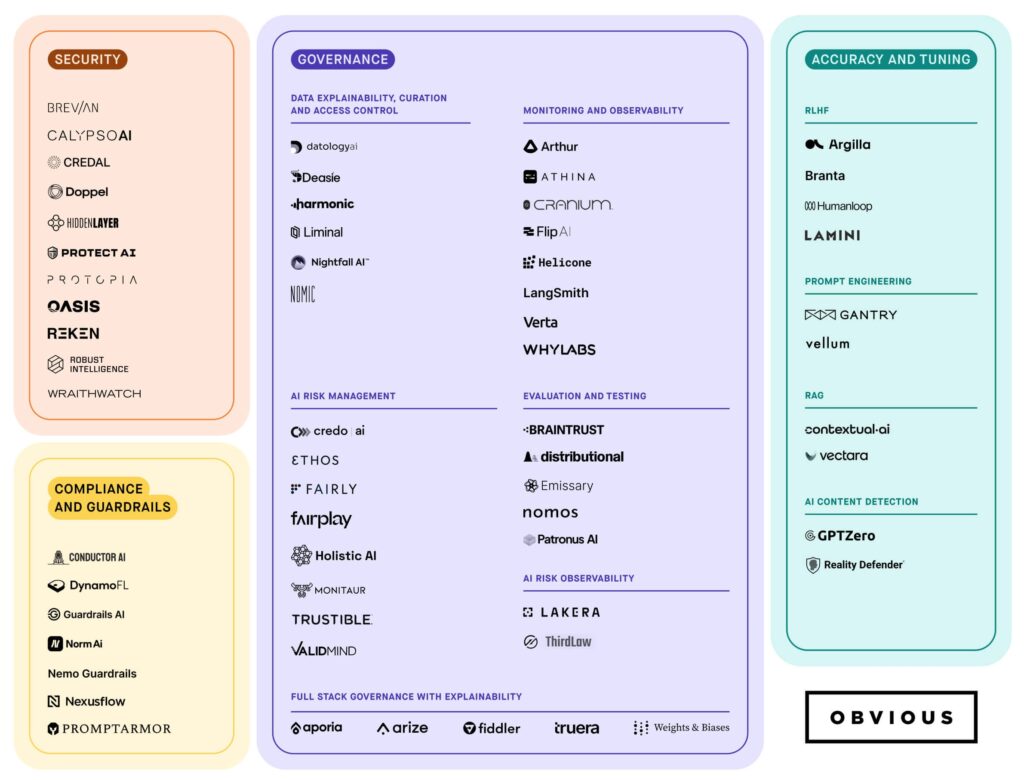Pouring New Foundations in Construction Tech
Obvious |

In 1943 Abraham Maslow published his seminal paper titled A Theory of Human Motivation, in which he posited a prioritization protocol for human needs, now know simply as Maslow’s Hierarchy. Once our basic needs are met, we seek to fulfill our needs on the next level up, and so on and so forth until we reach the zenith of human motivation: self-actualization. One key criterion for the first two levels is housing, as it is necessary for both sleep (physiological need) and security of body (safety need). While many of us are blessed with a roof over our head, access to affordable housing remains a serious challenge both in the U.S. and abroad.
Mass urbanization is partly responsible. Whereas only 40% of the U.S. population lived in cities in 1900, now more than 80% do. The increased demand for urban living has led to a meteoric increase in rents, particularly as a percentage of spend for typical consumers. Over the past 75 years, rental prices have increased up to three times faster than renters’ household income (see chart below). This apparent dearth of urban housing options has fueled the rapid growth of the urban residential construction market.

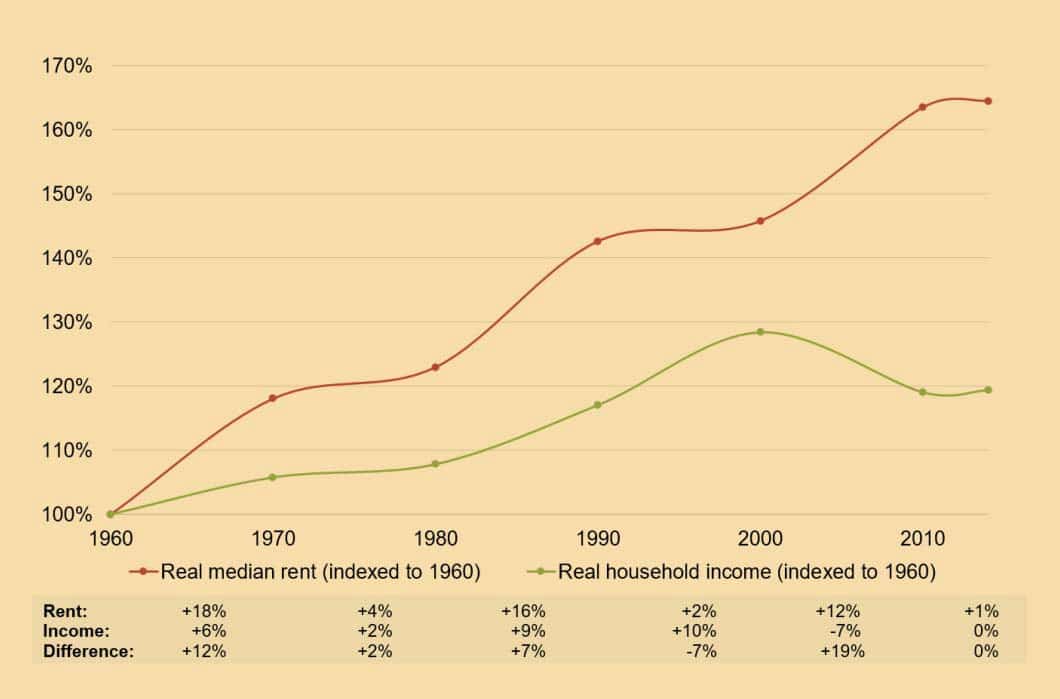
Despite strong and steady demand growth, the construction industry hasn’t experienced a step-change innovation in the past 75 years. Buildings are still largely built the same way they were built in the 1950s. However, in the last eight years alone, the national average cost of construction has increased by 21%, even when adjusted for inflation. Moreover, construction projects are notoriously and consistently over budget and behind schedule.
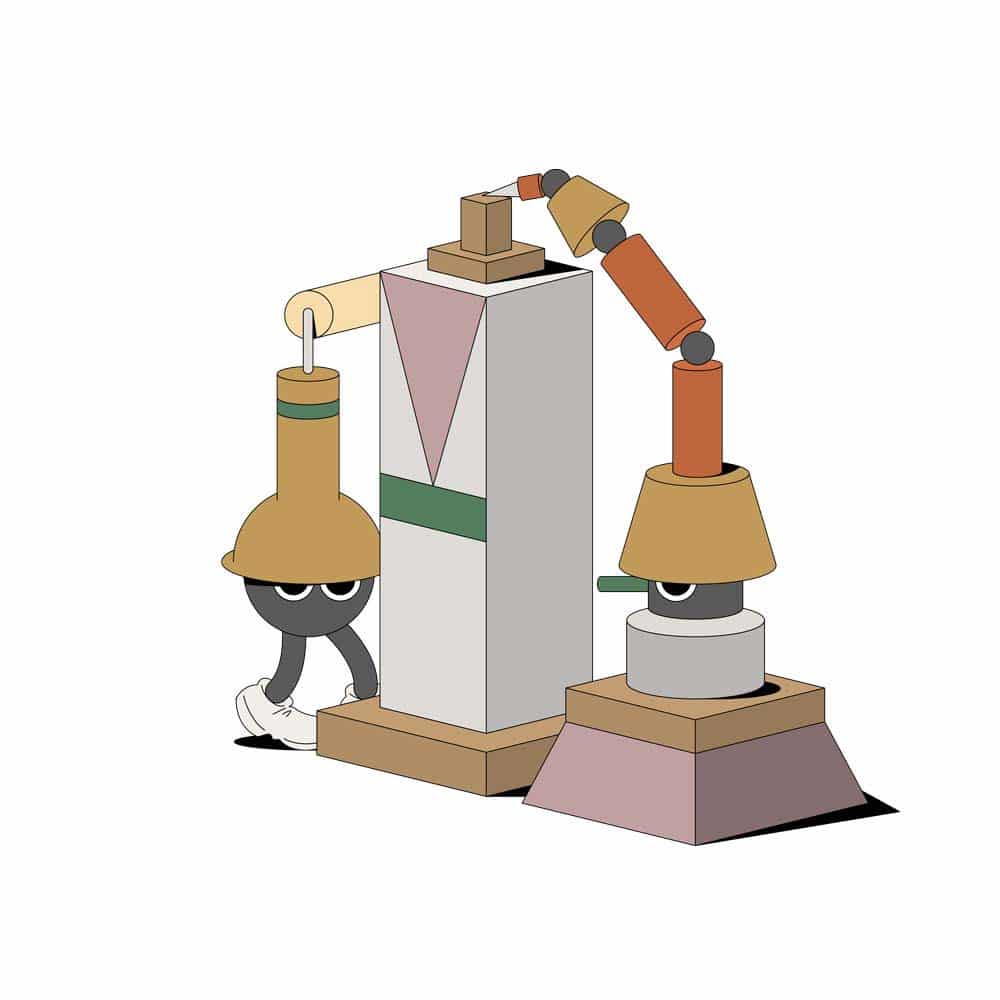
This constant increase in costs may come as a surprise. Technology has driven incredible productivity gains in countless industries, leading to lower prices for consumers, such as communication (Skype/Smartphones), entertainment (Netflix), transportation (Uber/Lyft), and home goods (Amazon).
By contrast, the construction industry has actually experienced negative productivity, due to enhanced safety protocols, heightened OSHA compliance requirements, and an aging workforce.
Over the same time period, labor shortages have forced in an increase in the cost of wages (despite their lower productivity), thus further exacerbating the problem.

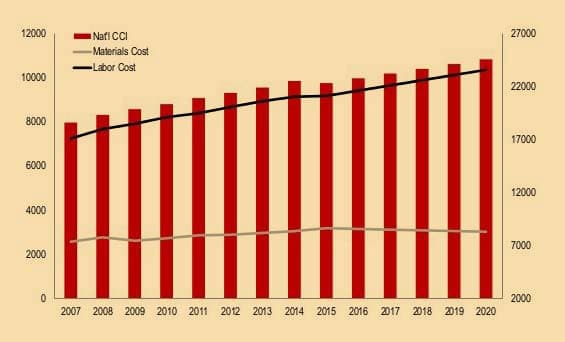
Many doubt that entrepreneurs and startups can address challenges in the construction industry. There is certainly good reason to be skeptical. When McKinsey performed an in-depth assessment of the relative “digitization” of 22 industries, the construction industry ranked second to last (slightly edging out hunting & agriculture).

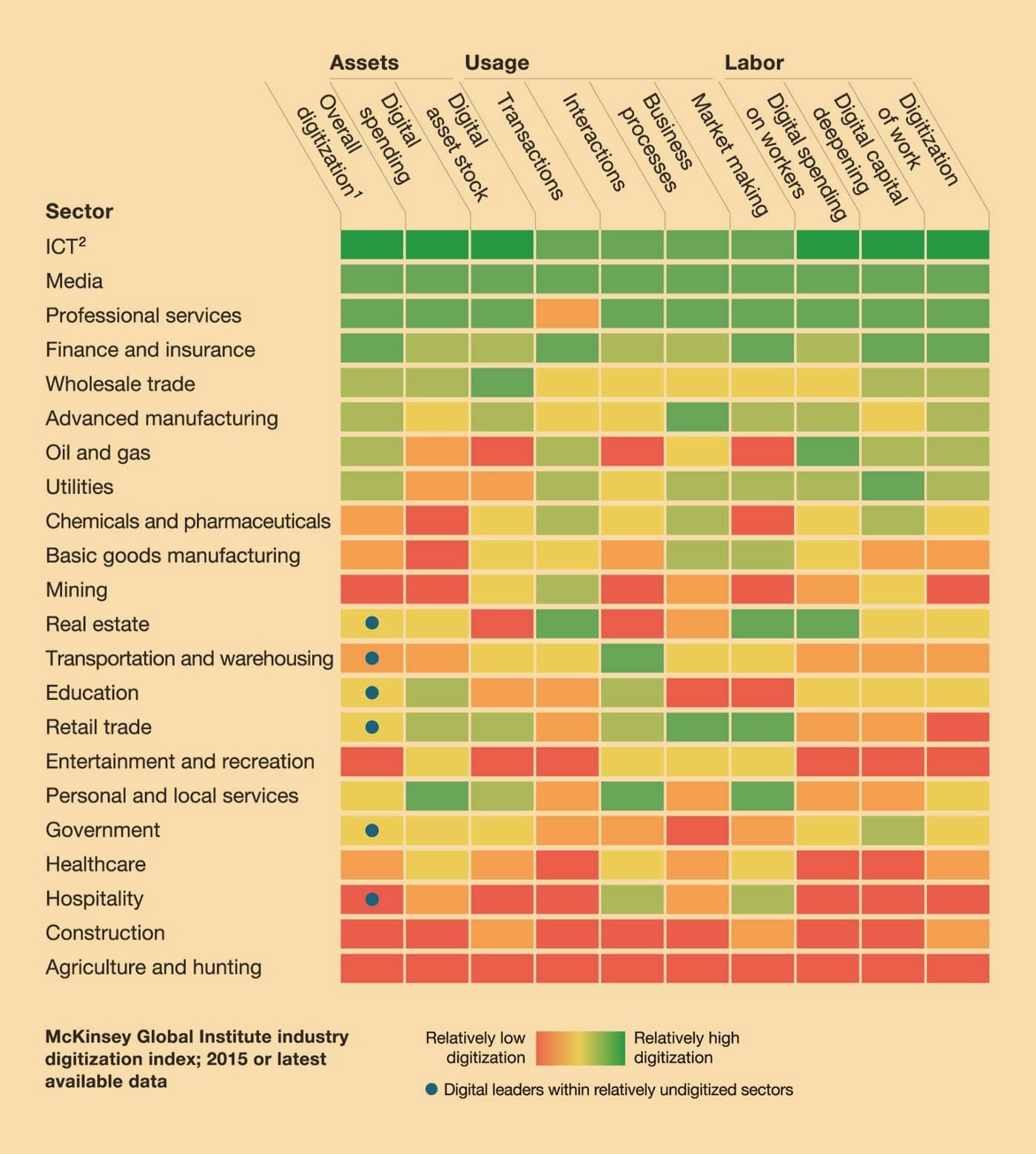
Digitization is difficult in construction for three practical reasons.
- Every single “product” is essentially bespoke. Unlike manufacturing, in which individual products are continuously replicated in high volumes, nearly every single construction project is unique in its design and process.
- Requirements and specifications often shift over the course of the project, because of budget concerns, mistakes, or unforeseen issues. To complete the manufacturing analogy, imagine the additional complexity if the product’s design specifications changed throughout the manufacturing process.
- Workforce norms can hinder change management. A 55 year-old carpenter with 30 years of practical experience may be resistant to adopting a new technology, especially if the supposed time or cost efficiencies remain unproven.
Despite these challenges, there have been some successful startups developing software products that drive more efficient communications, enhanced project management, smarter design, and data-driven insights on construction sites. Notable companies include the likes of Procore, Viewpoint, Onshape, and Flux.io. Giving credit where it is due, these companies create tangible value and are being rapidly adopted across the industry.
And yet technology has the potential to drive even more meaningful change in the construction industry. In the near future, there will be opportunities to make the construction industry more productive, less expensive, and safer for its workforce, thus providing consumers with living options that are less expensive, more accessible, and more flexible. Entrepreneurs who can achieve any one of these goals will reap outsized rewards from the market.

So where’s an entrepreneur to begin?
I. Bringing manufacturing techniques to construction
The construction industry has much to learn from the manufacturing industry. Instead of fabricating a building onsite from raw materials, there are new companies that pre-build “sub-assemblies” of the building and then “assemble” them on the job site. For example, in 2015 a Chinese construction company erected a 57-story skyscraper in only 19 days, a project that would take the conventional construction process years to complete. In the United States, companies like Plant Prefab are taking a similar approach with exceedingly positive results.
There is also considerable progress with respect to “3D-printing” of buildings, although to date the most useful application has been for building disaster-relief housing, where speed-to-completion of basic structures is the critical requirement. As technology advances, we expect it may find a wider application in general construction, although this will take more time.
II. “Superhuman” construction workers
Construction is a difficult and dangerous job. Workers’ compensation insurance is often the second largest expense for contractors after payroll. Collaboration between human workers and intelligent machines can create a safer work environment while also dramatically increasing productivity. For example, Built Robotics is bringing autonomous navigation and control to excavating equipment, allowing human operators to dig foundations without having to physically sit in the machines. Another example is Fastbrick Robotics, which is revolutionizing the bricklaying industry with robotics and automation, operating at over three times the speed of traditional techniques with enhanced accuracy and precision.

In both cases, the evolution from the role of “construction worker” to the role of a “construction robot trainer and operator” results in a livelihood that is safer, less physically demanding, and potentially higher paying. The reframing of this profession may even attract a new wave of younger, tech-savvy employees to the industry, thus ameliorating both the aforementioned aging workforce and labor shortage problems.
III. New living paradigms
WeWork has proven that renting office space can be easier and more flexible, while also creating a sense of community. Many young professionals are seeking similar features in their living situations. For example, Common, Ollie, and WeLive (a division of WeWork) offers students and young professionals co-living accommodations in prime urban locations with less stringent lease terms and lower down payments. Renting an apartment should be as easy as renting an Airbnb, and many tech-enabled companies are rapidly making this a reality.
At Obvious Ventures, we’re bullish on construction tech and believe we’ve only just scratched the surface of what this industry will look like in 30 years. If you’re working on a startup in this space, we’d love to hear from you!

